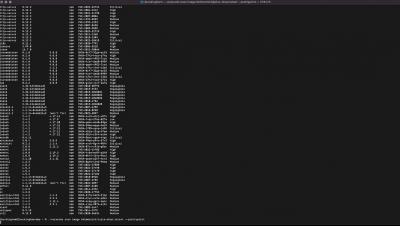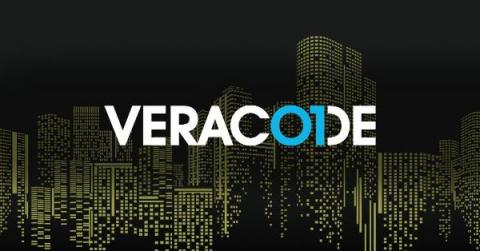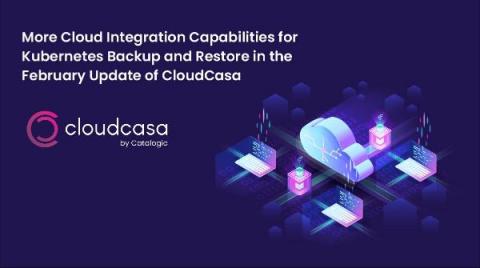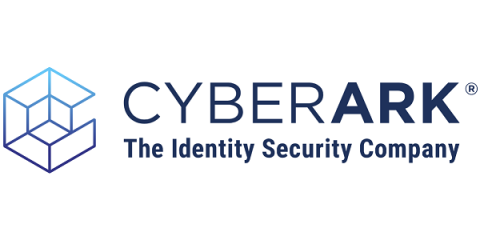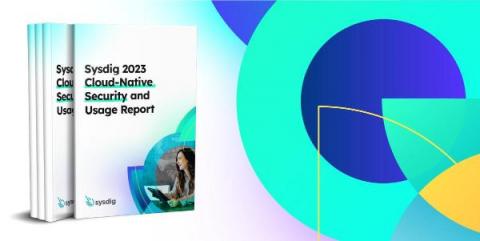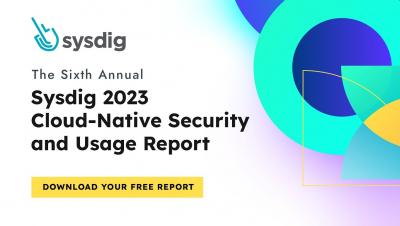Security | Threat Detection | Cyberattacks | DevSecOps | Compliance
Containers
How to Leverage Veracode Container Security to Secure Cloud-native Application Development
Cloud-native software development is a driving force because it empowers teams to build and deploy applications at speed and scale. Along with microservices, cloud infrastructure, and API’s, containers are a crucial part of this development process. Let’s look at the security implications of containers in cloud-native application development and how to manage the security challenges they pose.
Security gaps in a Managed Kubernetes Environment
AI-Generated Infrastructure-as-Code: The Good, the Bad and the Ugly
With the rise of OpenAI’s GPT-3, ChatGPT and Codex products, as well as GitHub’s CoPilot and numerous competitors, today we’re seeing developers experimenting with AI to help augment their development workflows. While at first these efforts focused on more commonly used programming languages, such as Javascript and Python, the AI use cases are now expanding to Infrastructure-as-Code (IaC) configurations.
4 Categories of Container Security Vulnerabilities (& Best Practices to Reduce Risk)
Containerization is becoming increasingly common due to portability, ability to isolate application dependencies, scalability, cost effectiveness, and ease of use. The ability to easily package and deploy code has changed the way that organizations work with applications. But like with Windows servers years ago, or AWS today, any time one specific technology gains a significant portion of the market share, it becomes a target for attackers.
More Cloud Integration Capabilities for Kubernetes Backup and Restore in the February Update of CloudCasa
Mid-winter is fast approaching, meaning it’s nearly time to start thinking about spring again! But here at Catalogic all we’ve been thinking about lately is adding more features to CloudCasa. We were thrilled to hear that CloudCasa has been named a Kubernetes data protection leader and outperformer in the recently released GigaOm Radar for Kubernetes Data Protection Report, but we have no intention of resting on our laurels!
Breaking Docker Named Pipes SYSTEMatically: Docker Desktop Privilege Escalation - Part 1
Everything started when I was researching Windows containers. It required installing Docker Desktop for Windows, and I couldn’t help but notice that there were many Docker processes. Since some of the processes were privileged, the communication between them is of particular interest, which led me to explore further. I found the processes were using named pipes for communication, and one of them was a way to forward API calls from a low-privileged user to a privileged service.
Sysdig 2023 Cloud-Native Security and Usage Report
The sixth annual Sysdig Cloud-Native Security and Usage Report digs into how Sysdig customers of all sizes and industries are using, securing, and paying for cloud and container environments. We examined the data and found some interesting trends that may help you as you work to develop best practices for securing and monitoring your cloud-native environments. This year’s report has new data on cloud security, container vulnerabilities, and Kubernetes cost optimization.
Cloud-Native Security and Usage Report 2023
Kubernetes Full Stack Recovery for Multi-Cloud Management and Disaster Recovery
Most Kubernetes users understand the complexity involved in managing multiple Kubernetes clusters, especially when those clusters are hosted in hybrid cloud or multi-cloud environments.


